|
|
Created by Yuchen Jiang
almost 11 years ago
|
|
Rate this resource by clicking on the stars below:




 (0)
(0)
Ratings (0)
| 0 | ||
| 0 | ||
| 0 | ||
| 0 | ||
| 0 |
0 comments
There are no comments, be the first and leave one below:
Close
1272940
note
2016-02-19T07:21:07Z
1/1
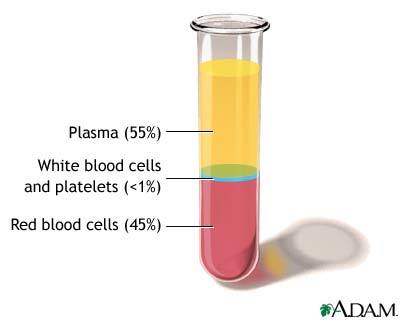
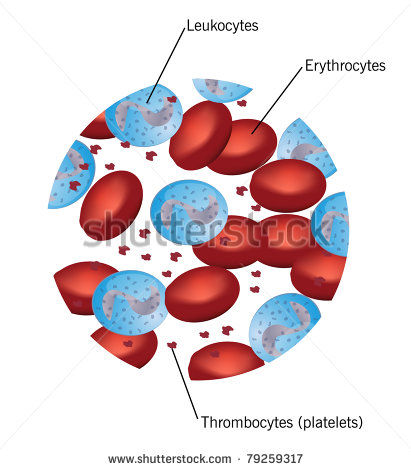
Blood
Blood is a fluid tissue (fluid with cells). It is made up of
Blood is a fluid tissue (fluid with cells). It is made up of
- Plasma
- Red blood cells
- White blood cells
- Platelets
Plasma
Plasma is a pale yellowish fluid that is made up of mainly water
Functions:
Plasma is a pale yellowish fluid that is made up of mainly water
Functions:
- Transports many dissolved substances (e.g. digested food from intestines to other parts of the body/ hormones which are powerful chemical signals)
- Remove carbon dioxide and other waste substances produced in body cells
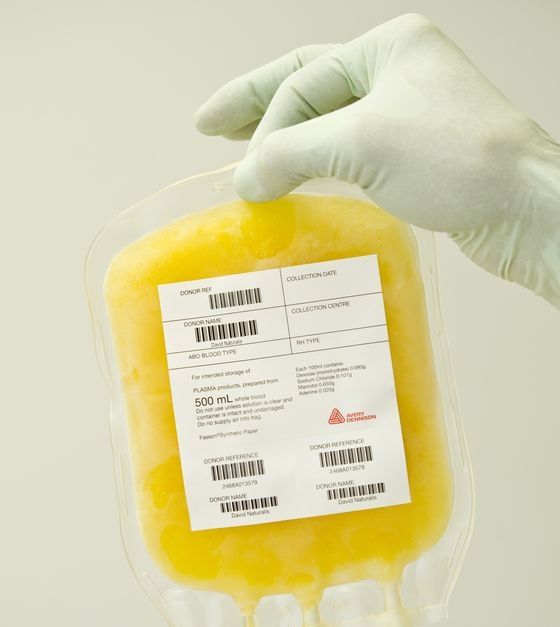
Red Blood Cells
- Red blood cells are circular and biconcave in shape, this increases the surface area of the cells for rapid diffusion of oxygen.
- Red blood cells transport oxygen from the lungs to the rest of the body.
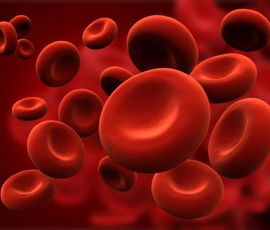
White Blood Cells
- Colourless and irregular in shape
- Larger than red blood cells and contains nucleus
- Produces by bone marrows and destroyed by other white blood cells
- Life span of a few days
- Two types- Phagocytes and Lymphocytes
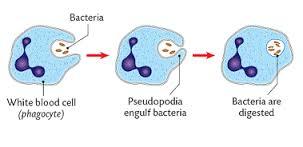
Phagocytes
- White blood cells that engulf and ingest foreign particles like bacteria
- This process is called phagocytosis
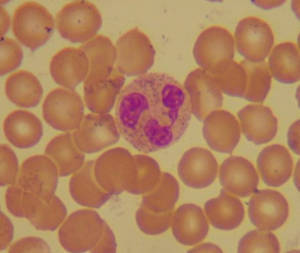
Polymorph
- Granular cytoplasm
- Lobed nucleus
Monocyte
- Plasma membrane
Lymphocytes
-
Produces antibodies
- What are antibodies?
- How does antibodies 'kill' bacteria?
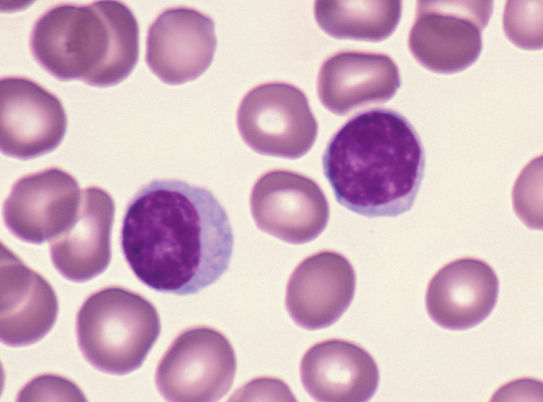
Transport Systems in Organisms
Transport System in Humans
The human transport system is called the circulatory system. It consists of
The human transport system is called the circulatory system. It consists of
- The heart
- Blood vessels- arteries, veins, capillaries
- Blood
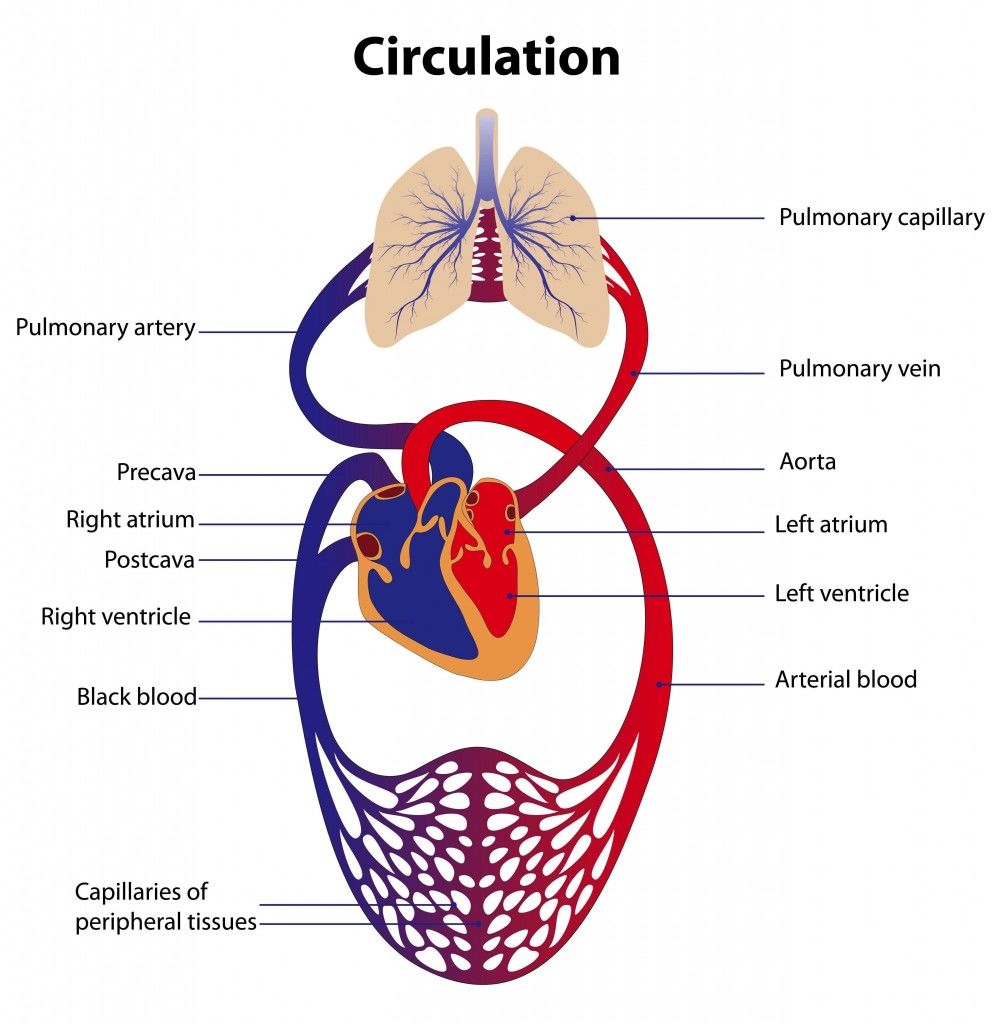
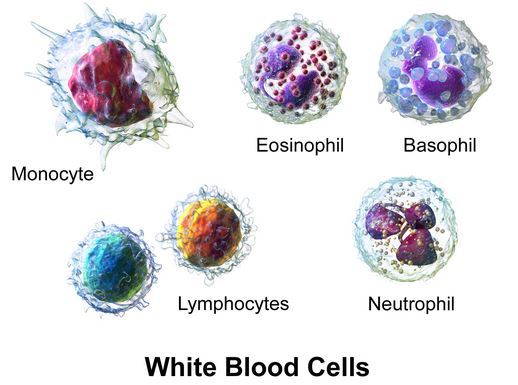
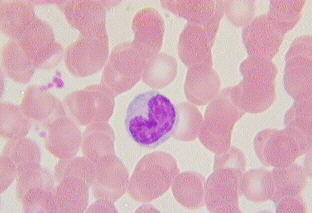
Lymphocyte
- Large, rounded nucleus
- Non granular cytoplasm
List three differences between phagocytes and lymphocytes
Lymphocytes
- Rounded nucleus
- Non-granular ctoplasm
- Antibiotics
Phagocytes
- Lobed nucleus
- Granular cytoplasm
- Engulf and ingest foreign particles
Platelets
- Fragments of cytoplasm from certain bone marrow cells
- Play a part in the clotting of blood
- Contain an enzyme that clots blood
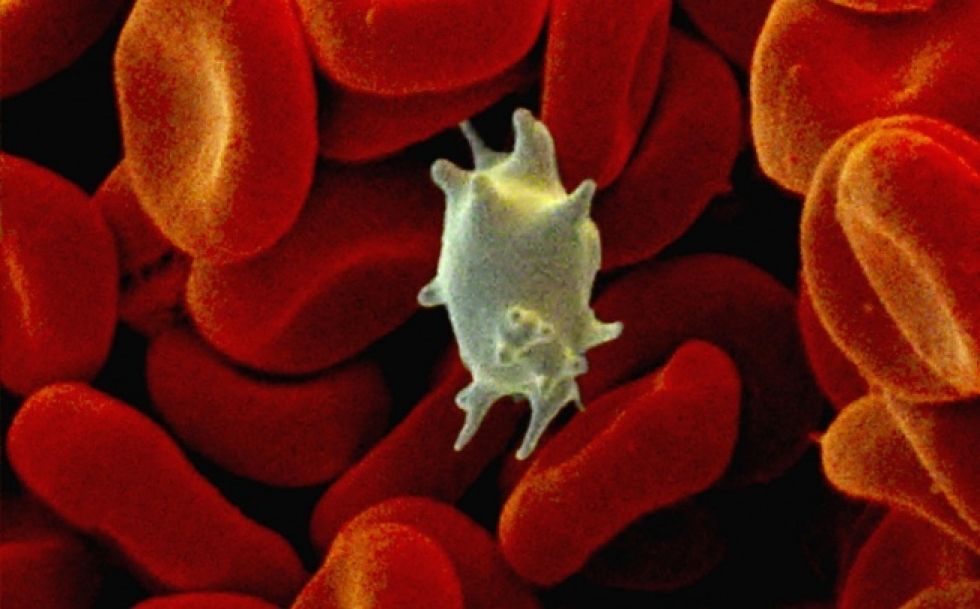
Types of Blood Vessels
Arteries
Carry blood away from the heart
Carry blood away from the heart
Capillary
Allows exchange of materials between blood and tissue
Allows exchange of materials between blood and tissue
Vein
Carries blood towards the heart
Carries blood towards the heart
Artery vs Veins
(1) Structure
(1) Structure
- Arteries have thick and elastic muscular walls
- What are the thick elastic walls for?
- The thick muscular walls help to withstand the high blood pressure in the artery
- The elasticity permits stretching and recoiling of the artery wall
- These help to push the blood along
- Veins have semi-lunar valves along their lengths to prevent back flow of blood.
- Why would there be back flow of blood?
Capillaries
- Very thin and fragile microscopic vessels
- One-celled thick walls
- Connect the arteries to the veins
- Repeatedly branched out
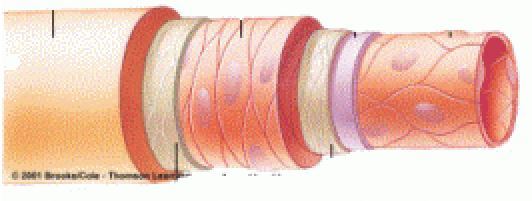


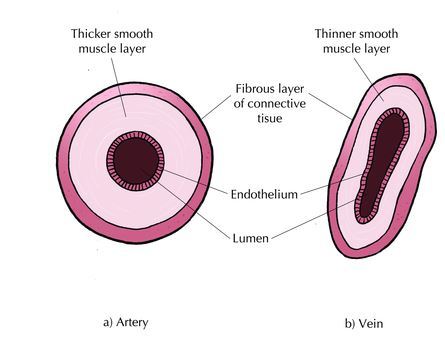
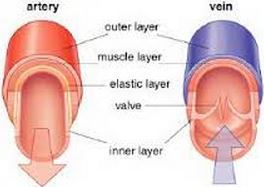
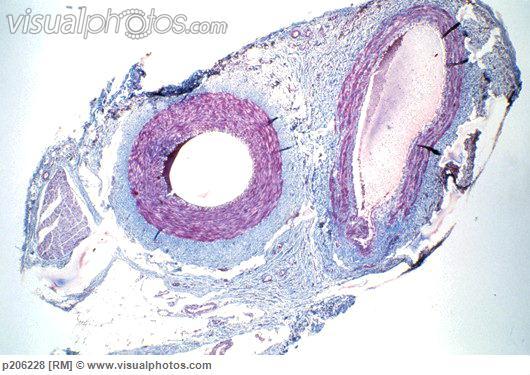
Artery vs Veins
(2) Presence of Valves
(2) Presence of Valves
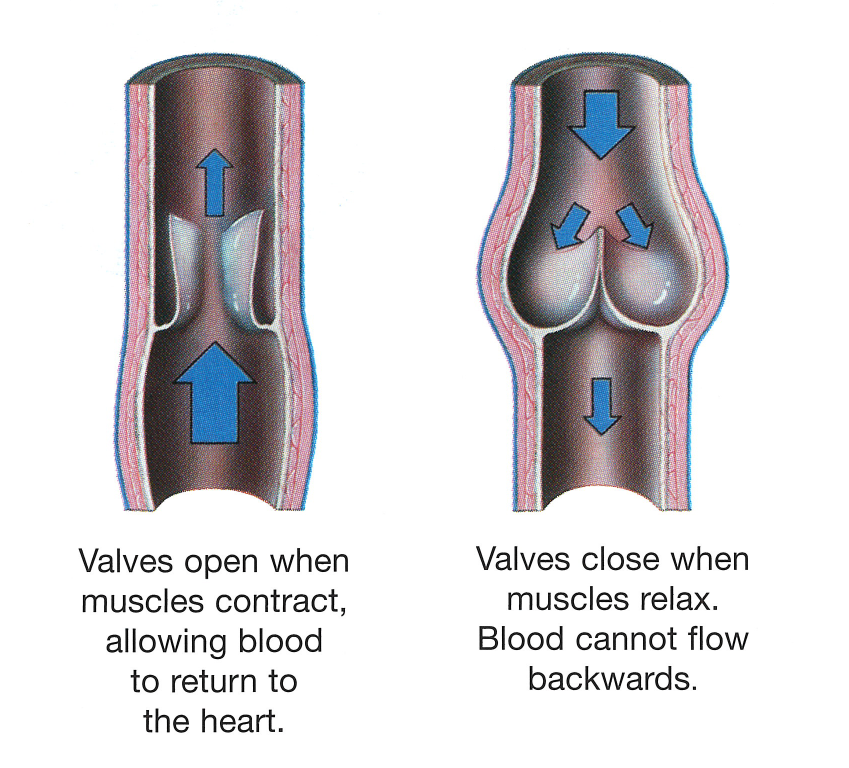

BLOOD
TRANSPORT SYSTEM IN ORGANISMS
Blood vessels
